Eating the same food, again and again, can definitely be a mundane and boring experience, isn’t it? Wish to send your taste buds on a magical ride? Then, look no further – the French Classical Menu is the perfect solution to provide you with the best culinary experience ever. The preparation of a perfect scrumptious spread by reforming simple, fresh, and high-quality ingredients with the use of masterly techniques is the ideal description of the French classical menu.
17 Course French Classical Menu
The French classical menu, a discovery of the Father of Culinary, Augustus Escoffier, has completely transformed the food game. Presenting a full-fledged course planned explicitly to play with your taste buds over an extended evening is what makes the French classical menu special and the most luxurious course in the food arena. The French classical menu has 17 exquisite courses lined up, which are:
1- Hors-d oeuvre (A Beautiful Appetizing Start)
The very first course of the delicious 17 course French classical menu is Hors-d oeuvre or the Appetizers. A perfect start to this mouth-watering French classical menu experience – Hors-d oeuvre – will leave you wanting for more by teasing your taste buds. A spicy, tangy and salty touch is what you can expect from this course.
Serving techniques
Served in small quantities, the main idea of this course is to develop your appetite so that you can relish on the rest of the courses in the 17 course French classical menu. Each course has a special way in which it should be served. In the case of Hors-d oeuvres, small amounts of each variety of dishes are served from either a tray or a rotating trolley on to a plate in order to form a portion.
Click Here To read More………
Examples
Some delicious examples of this course are:
- Small portions of caviars served on top of blinis, which are buckwheat flour pancakes. A cold half plate is used to serve this dish along with a side knife.
- Smoked salmons, another mouth-watering example of this course, are served on a fish plate along with accompaniments, such as, butter, lemon and brown bread.
- Small portions of cold melons served on a cold half plate along with dessert spoons and forks. The zest of this appetizer is enhanced by adding ginger powder and castor sugar.
- Chilled oysters served on a bed of crushed ice – sounds yummy, right? This is one of the most popular appetizers which are served on a cold half plate along with oyster forks.
- Chilli vinegar, tobacco sauce, butter and cayenne pepper are some accompaniments, which usually elevate the dish.
2- Potage (Go With the Flow with Soups)
Yummy and nutritious liquid food is how the second course of this scrumptious 17 course French classical menu can be described as. Prepared by using sea food, meat, cereals, poultry or vegetables, this course basically consists of different textures of soups, ranging from Consommé (clear and thin soup), thick soup in the form of Minestrone (vegetable soup with pasta), Chowder (thick soup made using milk or cream along with seafood) and Bisques (soups with a shellfish base). The perfect way to provide nutrients to your body, this course is usually accompanied by breads, toasts or bread sticks.
3- Oeuf (Egg Time)
Different forms of egg preparations, the most popular one being an omelets, form the third course of the French classical menu. The different forms of egg which are served in this course are boiled, scrambled and poached eggs. This course focusses on the egg factor as egg is usually not included in the dinner.
Serving Techniques
This is usually served on a half plate along with a small fork and knife.
Examples
Some examples of this course are:
- Omelets aux tomatesisa or Tomato omelets
- Omelette aux champignon or Mushroom omelette
- Omelette espagnole or omelette made with tomatoes, peppers and onions.
4- Farinaceous or Farineaux (Pasta or Rice)
If you are looking for an Italian touch to the French classical menu, this course will fulfil your desires. Different kinds of pasta and rice form the basis of the fourth course of the French classical menu. Different types of pasta, such as, penne, gnocchi, lasagne and spaghetti are included in this course. The different types of pastas are classified and named according to their colours and textures, such as, Lasagne Bolognaise, Macaroni Arrabiatta and Spaghetti Napolitaine.
Serving Techniques
A deep plate is preferably used to serve this course along with a fork and spoon.
Examples
Some examples of this course are:
- Ravioli (pastas which are usually round or square shaped stuffed with chicken, cheese, spinach, etc.
- Cannelloni (pasta rolls filled with different types of fillings)
- Spaghetti Napolitaine (pasta strings cooked in tomato sauce)
5- Poisson (Fishy surprise)
A fishy surprise is in store for you in this fifth course of the French classical menu. Varieties of fish preparations, such as, boiled, grilled, steamed or boiled, are a part of this course. This course is perfect for preparing your palate so that you can relish on the meats that will follow in the courses to follow. The fishes that are considered perfect for the dinner menu are escallops, salmon, halibut and sole.
Serving Techniques
This course is usually served on a half plate along with fish fork and fish knife.
Examples
- Sole Colbert (fish deep fried using flour, bread crumbs and egg)
- Poached salmon
- Sole Veronique (fish fillet served with white wine sauce)
6- Entrée (First Meat Course)
As the name itself suggests, an Entrée is the introduction of the first course of meat in the French classical menu. The dishes in the sixth course of the French classical menu are usually small and beautifully garnished. These dishes come ready for service from the kitchen.
Serving techniques
Usually served on a half plate along with an all-purpose fork and knife, the beauty of these dishes is enhanced by the sauce or the gravy that accompanies it. In cases when an entrée is not followed by a Releve or another course, vegetable and potatoes are also served along with it.
Examples
Some of the examples of this course are:
- Steak Daine (shallow fried steak seasoned with mushrooms and onions along with cream and red wine)
- Emincee de volaille a la king (minced chicken served along with savoury rice)
- Poulet saute chasseur (chicken sauteed in brown sauce and seasoned with mushroom and tomatoes)
7- Sorbet (Flavored Ice)
Relinquishing all the exquisite dishes on the 17-course spread definitely cannot be completed in a matter of time. You, undoubtedly, need a break between the courses and also need to revitalize your appetite. This is where the seventh course of the French classical menu, known as Sorbet, comes into the picture. The classic version of this dish includes chilled water with a few drops of champagne added to it. But, nowadays, brandy, fruit juice and rum are also added for that extra flavour.
Serving techniques
A sorbet is served either on an underliner (quarter plate) or a champagne glass along with a teaspoon. Russian cigarettes and cigars are also usually served along with the sorbet so that your taste buds can be cleansed.
Examples
Some examples of this course are:
- Orange Sorbet
- Peach Sorbet
- Strawberry Sorbet
- Lemon Sorbet
8- Releve (Joints)
The main meat course on the 17 course French classical menu is finally here. Usually referred to as butcher’s joints, which need to carved, a Releve is bigger in portion as compared to an entrée. Roasting is done in this course, which generally involves chicken and joints of lamb, pork or beef.
Serving Techniques
This course in the French classical menu ihm notes, which is served on a joint hot plate along with a joint knife and joint fork, is usually accompanied with a roast gravy or sauce, vegetables and bread. Another unique serving point of this dish is that potatoes are served in the 12 o’ clock position at lunch time and vegetables are served in the 1 o’ clock position at dinner time.
Examples
Some examples of this course are:
- Braised ham
- Carre de agneau roti (roasted end of lamb)
- Gigot de agneau roti sauce menthe (roasted leg of lamb with mint sauce)
9- Roti (Roast)
Known to be one of the heaviest courses in the 17 course French classical menu, this course offers roasted poultry, such as chicken, turkey, duck, etc, or roasted game (birds and animals that are hunted for their meat), such as, deer, boar, hare, pheasant etc.
Serving Techniques
This course, which is usually served on a crescent-shaped plate or a half moon plate, is accompanied by a gravy or sauce with green salad on the side. Roast game animals are usually served with red currant jelly and roasted game birds are served with cranberry sauce.
Examples
Some examples of this course are:
- Roast brail
- Braised duck with apple sauce
- Roast chicken
- Roasted turkey with cranberry sauce
10- Legumes (Vegetables)
This course introduces a proper vegetable dish into the French classical menu ppt, which is accompanied by a sauce. The food balance transforms from heavy to light with this course. The tenth course consists of vegetable dishes which can be served either as a separate dish altogether or along with an entrée or a Releve.
Serving Techniques
This course is generally served hot on a half plate and according to the dish, the cutlery to go along with it is decided.
Examples
Some examples of this course are:
- Champignons grills (grilled mushrooms)
- Choufleur mornay (cauliflower served with cheese sauce)
- Pommes au four (baked jacket potato)
11- Salades (Salad)
Beautiful greens that are tossed with vinaigrette are offered in the 11 course French classical menu. This 11 course French classical menu is aimed at helping your digestion and cleansing your palate. Salads are of two types – simple salad, which includes only one main ingredient and compound salad, in which two or more ingredients are used.
Serving Techniques
The dishes on the 11 course Classical menu are prepared instantly and served on a half plate.
Examples
Some examples of this course are:
- Beetroot salad
- Potato salad
- Coleslaw
12- Buffet Froid (Cold Buffet)
The next course involves servings of small pieces of chilled meat preparations.
Examples
Some examples of this course are:
- Caneton Roti (roasted duck)
- Poulet Roti (roasted chicken)
- Mayonnaise d hommard (lobster mayonnaise)
13- Entremets (The Sweet Tooth)
If you have a sweet tooth, this course in the French classical menu ihm notes is perfect for you. The thirteenth course has hot and cold sweets to offer to the diners after the explicit menu so far.
Examples
Some examples of hot sweets in this course are:
- Pineapple fritters
- Chocolate souffle
Some examples of cold sweets are:
- Fruit salad with ice cream
- Chocolate mousse
- Sundae ice cream
14- Savoureux ( A Savory Mood)
To change the mood from sweet to savory, the next course in the French classical menu pdf, known as Savoureux, offers different shapes of toast with varieties of toppings, such as, anchovies or pickled fruits, which are served hot on the toast.
Examples
Some examples of this course are:
- Sardines on toast
- Mushrooms on toast
- Cheese chilly toast
15- Fromage (Cheese Platter)
The cheese platter is here to tickle your savory buds in the fifteenth course, also known as Fromage. Different types of cheese, such as, blue cheese, hard cheese, fresh cheese, are offered in the cheese platter with crackers, grapes or olives to accompany them.
Serving Techniques
This course in the French classical menu ppt is usually presented on quarter plate or a cheese plate along with a cheese knife or a side knife.
Examples
Some examples of this course are:
- Gouda
- Camembert
- Cheddar
16 – Desserts (A Fruity and Nutty Ending)
The Desserts course in the French classical menu pdf offers the diners a variety of fruits and nuts on a platter. Served at the end of a meal, fruits in this course are accompanied by castor sugar and nuts are accompanied by salt. Fruits such as, bananas and grapes and nuts, such as, cashew nuts and almonds are a part of this course.
17- Boissons (Drink on the Go)
The last course in the French classical menu ppt, Boissons, has hot or cold beverages in store for you. An important fact to be noted is that at the time of deciding menus, this is not counted as a course.
Examples
Some examples of this course are:
- Indian tea
- Darjeeling tea
- Iced coffee
- Filter coffee
The increasing popularity of the French cuisine led to it being added to UNESCO’s list of intangible cultural heritage in 2010. Popular all over the world for its magical flavors and finesse, the French classical menu is, undoubtedly, the ruler in the world of cuisines. The perfect combination of rich flavors, fresh ingredients, appealing presentation, renowned history and precise techniques has set the French classical menu as a benchmark in the world of cuisines.

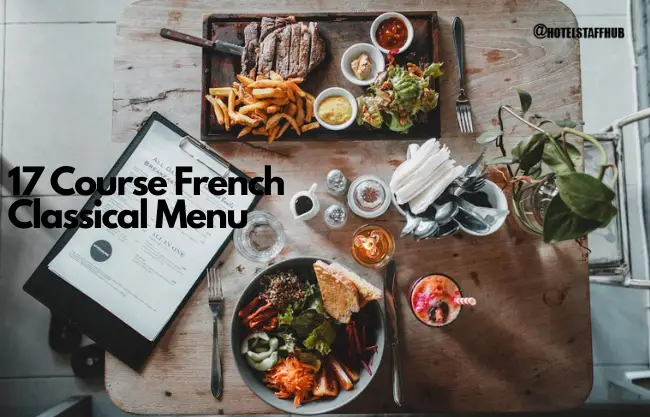
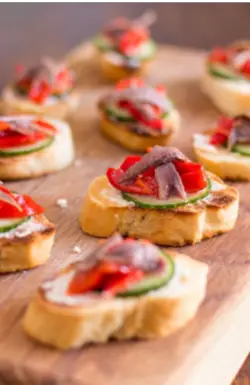
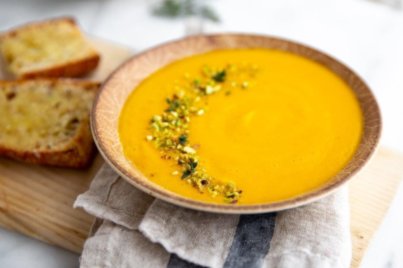
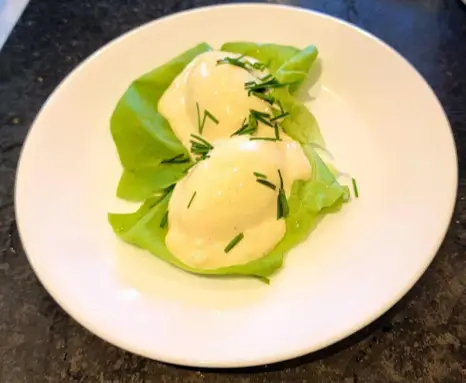
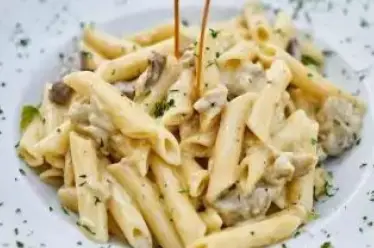
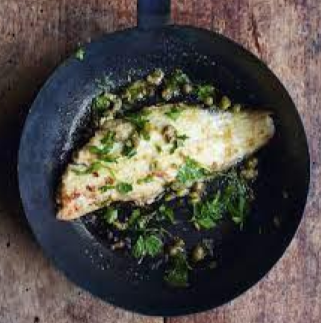
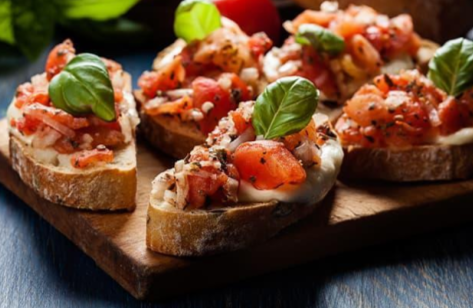
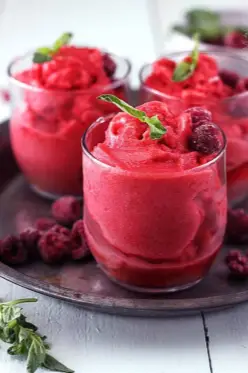
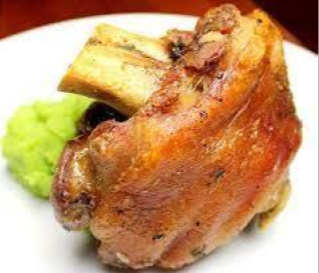
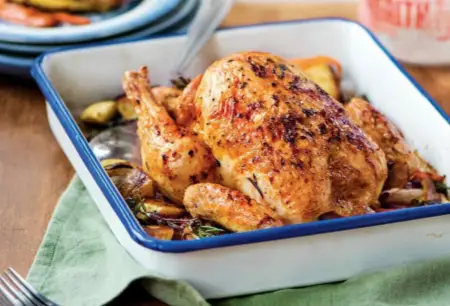
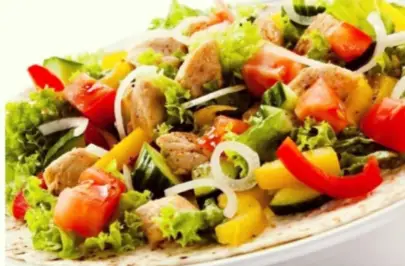


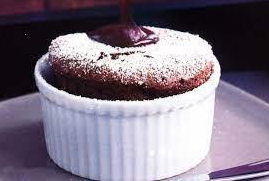
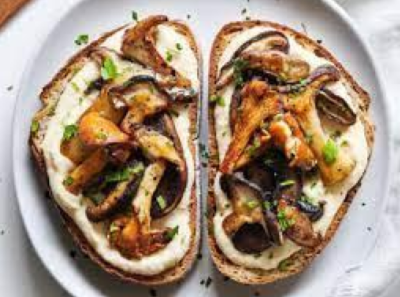
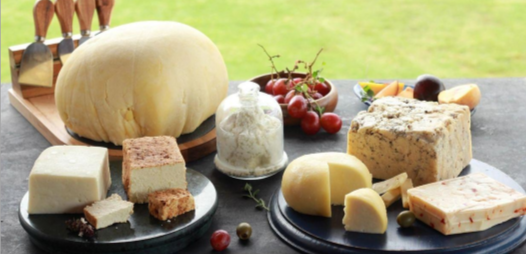
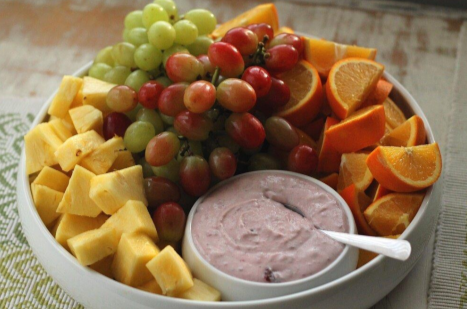
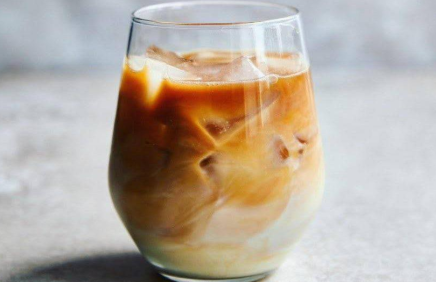
4 thoughts on “Culinary Magic: The 17 Course French Classical Menu”